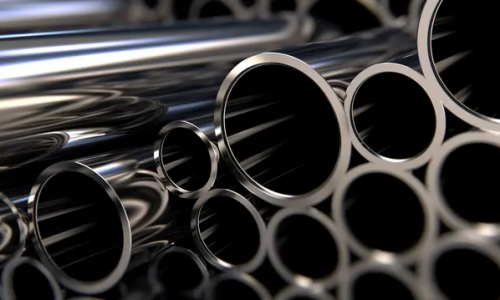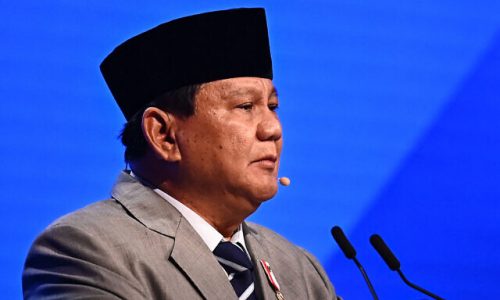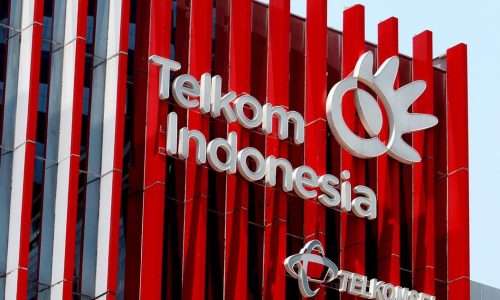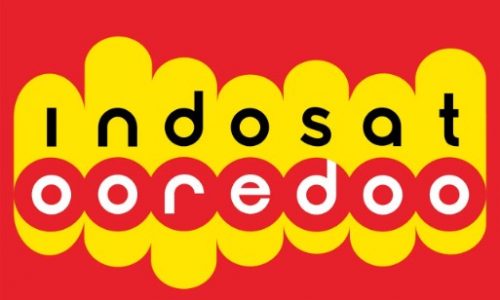Polyester chip producer PT Tifico Fiber Indonesia Tbk has been facing global supply chain disruption as of the first quarter of 2022, forcing the company to reduce its Capex and make strategic policies.
“This year, we have budgeted Capex of US$2.5 million,” Tifico Director Sugito Budiono said recently. He did not elaborate further.
“The main breakthrough is how we can make energy efficient in the future. We always improve the supply chain, both for suppliers and for customers. That is what Tifico really focuses on these two factors,” he said.
The ongoing COVID-19 pandemic since 2000 and the recent war of Ukraine vs Russia have caused global supply chain disruptions. These two factors have caused delays and protracted supply shortages and will cloud this year’s trade outlook.
Budiono explained that Tifico had to make strategic policies including financial strategies, marketing, production and others, including by diversifying its products and product certification globally.
Tifico is engaged in the polyester industry, mainly producing polyester chips or seeds, polyester stable fiber or polyester fiber, and polyester filament yarn.
The company’s shareholder composition includes PT Prospect Motor 33.08%; PT Hermawan Sentral Investama 17.38%; PT Wiratama Karya Sejati 16.79%; and Public 32.75%.
Meanwhile, revenue increased from US$149 million in 2020 to US$214 million in 2021, with 80% from local sales and 20% exports.
Corporate Secretary Joy Matthew Pangemanan said: “Revenues rose by 44%, thanks to rising selling prices and high demand due to the disruptions in the global supply chain that have forced customers to buy local goods rather than imports. The cost of goods sold increased by 34% from 2021 and this brought the company to earn a gross profit of US$20.5 million in 2021, up by 396% from 2020.”
The company currently has total assets of US$335 million, total liabilities of US$32 million, and total equity of US$303 million.
It focuses on controlling cash flow, implementing financial efficiency by reducing CAPEX costs, reducing the cost of goods sold and developing new high-value-added products and expanding market share.









